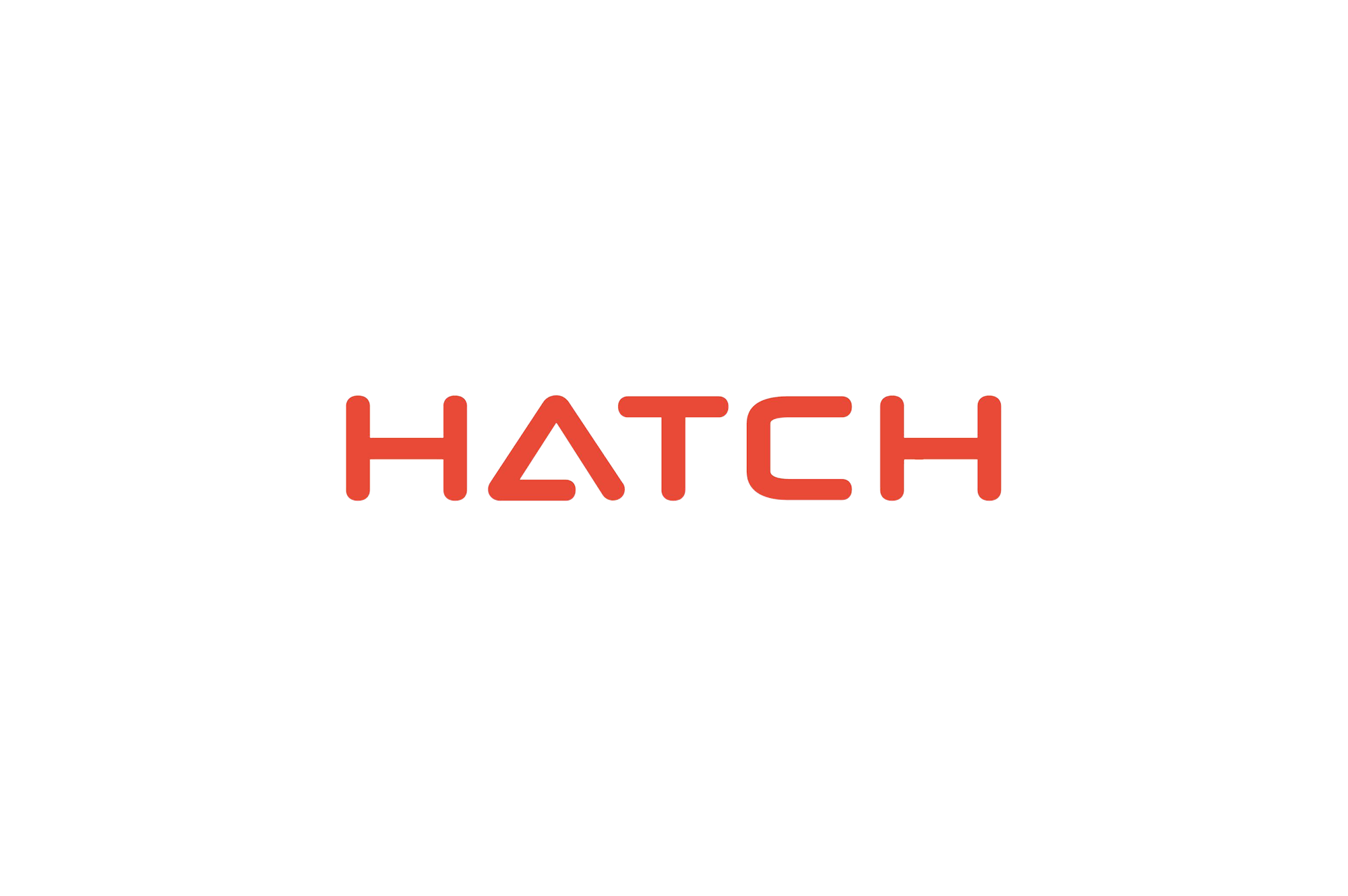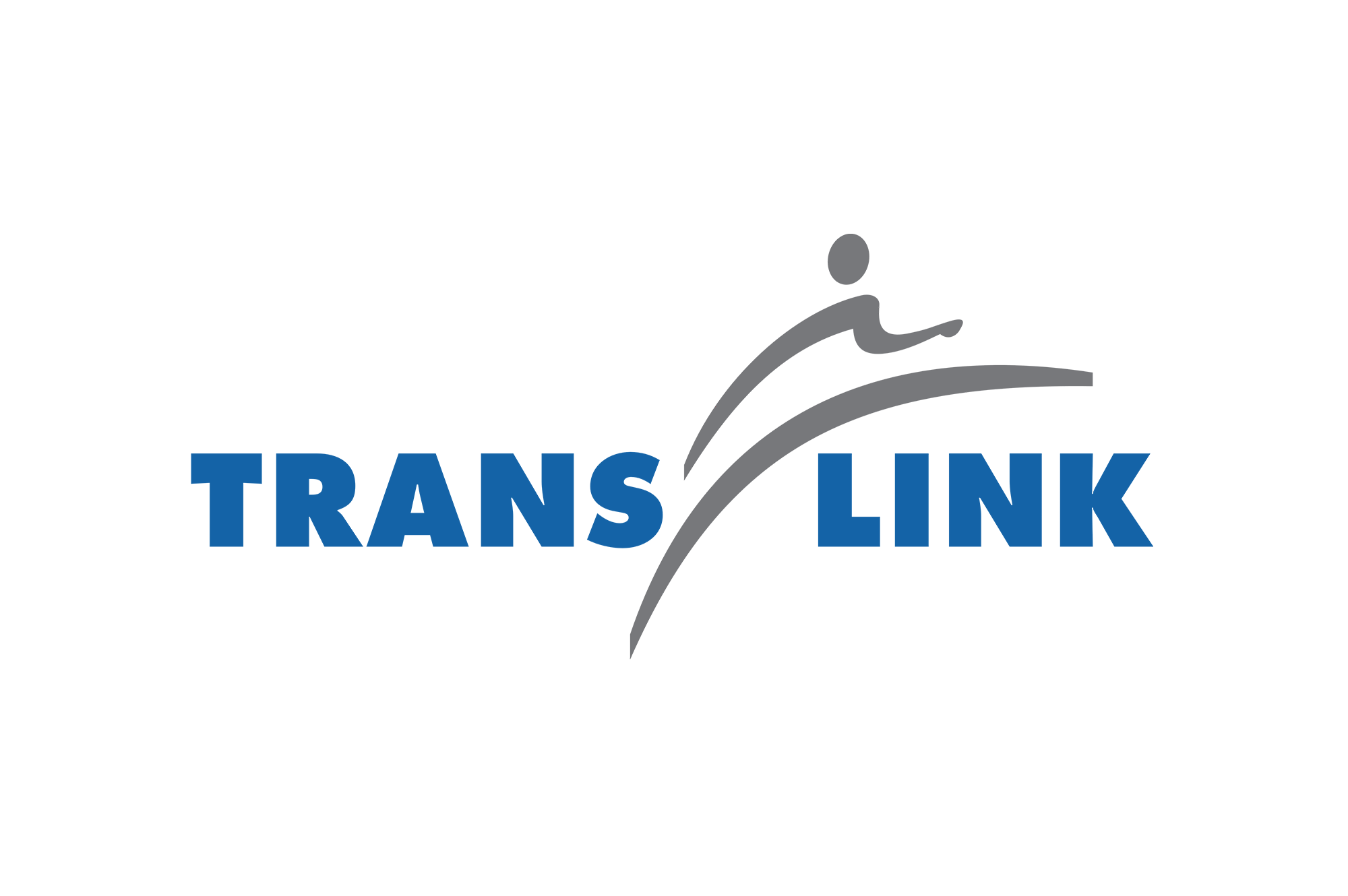
In 1996, Bill Gates wrote an essay titled Content is King and so far, it has been.
Social networks, articles, infographics, podcasts, videos, live streaming, audio clips, news, games, entertainment, sports programming, directories, classified advertising, the list goes on and on…
It’s a virtual tidal wave of information, which is great when you want to surf the web but not so good for Learning and Development teams trying to meet workplace eLearning needs.
These days, providing learners with information that’s interesting enough to hold their attention is no easy task. Studies show that learners are still not fully engaged, with 35% reporting that they face uninspiring learning content, and more than 25% reporting that content isn’t relevant to their needs.
On top of all this, the need to apply solid adult learning principles still exists. Unless learners react well to the content, absorb the training and then put that learning to work, there will be no improvement to organizational performance.
So how do you create content that appeals to digital learners of all ages, facilitates new ways of working, improves staff retention, supports contextualized learning, builds capacity and solves problems?
It’s all about balance.
Clever companies are embracing content design strategically, curating the right amount and mix of content to fulfill learners’ needs without overwhelming them. The use of storytelling, games, simulations, video, audio, images, text and animation – all carefully woven together – is key to learning, retention and engagement.
But the content experience (CX) isn’t just about content. It ensures that the designer preemptively identifies the most strategic instructional assets to drive impact and tailors the content required for effective psychological engagement.
Research shows that the more varied the content – for instance, a mix of visual and verbal cues – the more psychologically engaged the learner and the more knowledge is then passed into long-term memory.
Deepening learners’ understanding is the ability to interact with the content, allowing them to be more engaged and in control, instead of simply being shown or presented with flat, static material – a fast track to boredom and disengagement. Ensuring a consistent look, feel and sound further adds to the ease of learning.
Finally, smart content decision making must be based not only on the business needs, but also on the learner’s needs; no amount of content will be effective if you don’t first know and understand your audience. Get the mix right and it will be good for learners and the bottom line.
As it turns out, Bill Gates was right. You can be too.
We develop digital knowledge solutions. Our team makes heroes of learning and development professionals. We improve workspace experience (and lives) across the globe, with better learning.




















